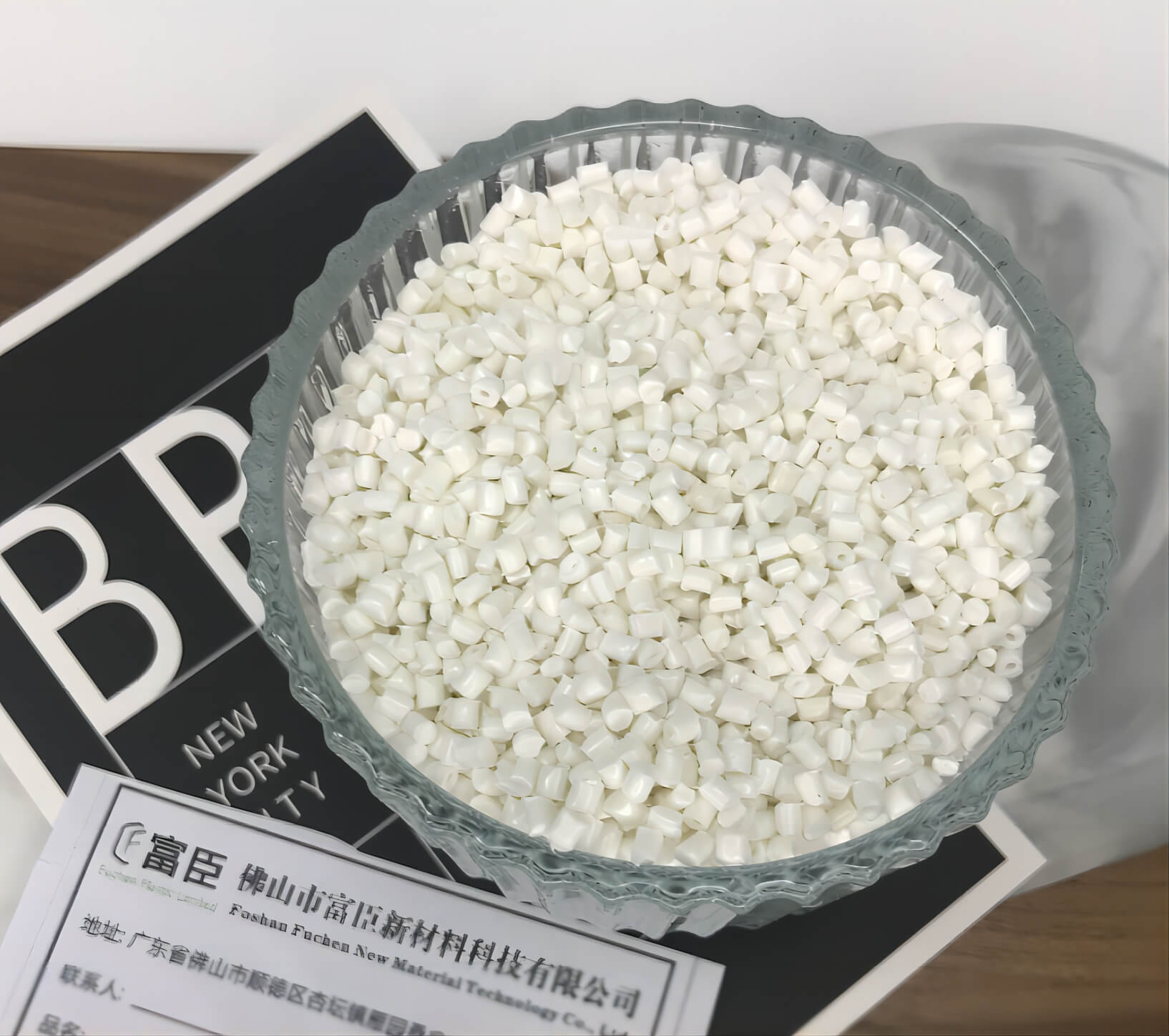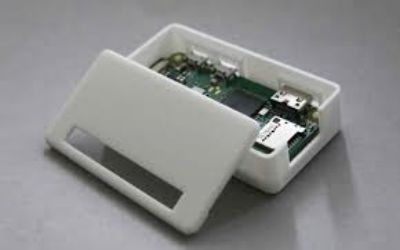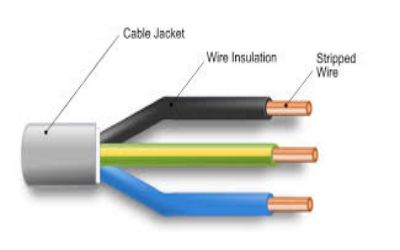
PA6 Flame Retardant
PA6 flame retardant is a type of nylon 6 plastic with improved fire resistance. This is achieved by adding special additives during manufacturing.
The availble types:
- 650℃ (Natural)
- 750℃ (Natural)
- 850℃ (Natural)

PA6 flame retardant is a type of nylon 6 plastic with improved fire resistance. This is achieved by adding special additives during manufacturing.
The availble types:
Polyamide 6 (PA6), also known as nylon 6, is a popular engineering plastic valued for its strength, wear resistance, and chemical resistance. However, its inherent flammability limits its use in applications with strict fire safety regulations.
PA6 flame retardant addresses this challenge. It’s a modified version of PA6 that incorporates special additives called Flame Retardant Polyamide Compounds during manufacturing. These additives act on the combustion process in various ways, including extinguishing flames directly, slowing burning by absorbing heat, or preventing molten plastic drips that spread fire.
The level of flame retardancy in PA6 can be adjusted by the type and amount of additives used. This allows PA6 to achieve different fire safety ratings, such as UL 94. For example, UL 94 V-0 rated PA6 exhibits the highest flame retardancy, self-extinguishing quickly with minimal dripping.
This enhanced fire safety makes PA6 flame retardant a valuable material for various industries:
Electronics: Electrical components and enclosures in electronics often require flame retardant materials to prevent fire hazards. PA6 flame retardant fulfills this need, especially when formulated to achieve a high UL 94 rating.
Automotive: Interior components like dashboards and cable insulation require good fire safety characteristics. PA6 flame retardant’s ability to resist flames, minimize smoke generation, and achieve specific UL 94 ratings makes it ideal for automotive applications.
Building and Construction: Building codes often mandate flame retardant materials. PA6 flame retardant, depending on its UL 94 rating, can be used in cable trays, conduits, and even certain building materials.
Despite the addition of flame retardants, PA6 flame retardant retains the desirable properties of standard PA6, making it a versatile and reliable choice for demanding applications where fire safety is crucial.



| PA6 FR(V0) Datasheet | |||
| Performance | Test Method | Test Unit | Test value |
| Mechanical properties | |||
| Tensile strength | ISO527 | Mpa | 80 |
| Elongation at break | ISO527 | % | 30 |
| Flexural strength | ISO178 | Mpa | 110 |
| Flexural modulus | ISO178 | Mpa | 3300 |
| Izod notched impact strength | ISO180 | KJ/m2 | 15 |
| Thermal performance | |||
| Heat deflection temperature | ISO075 | °C | – |
| Melt flow index | ISO1133 | g/10min | 20 |
| Physical properties | |||
| Density | ISO0895 | g/cm3 | 1.24 |
| Shrinkage | ISO2577 | % | 0.8-1.0 |
| Flammability | UL94 | 1.6mm | V0 |